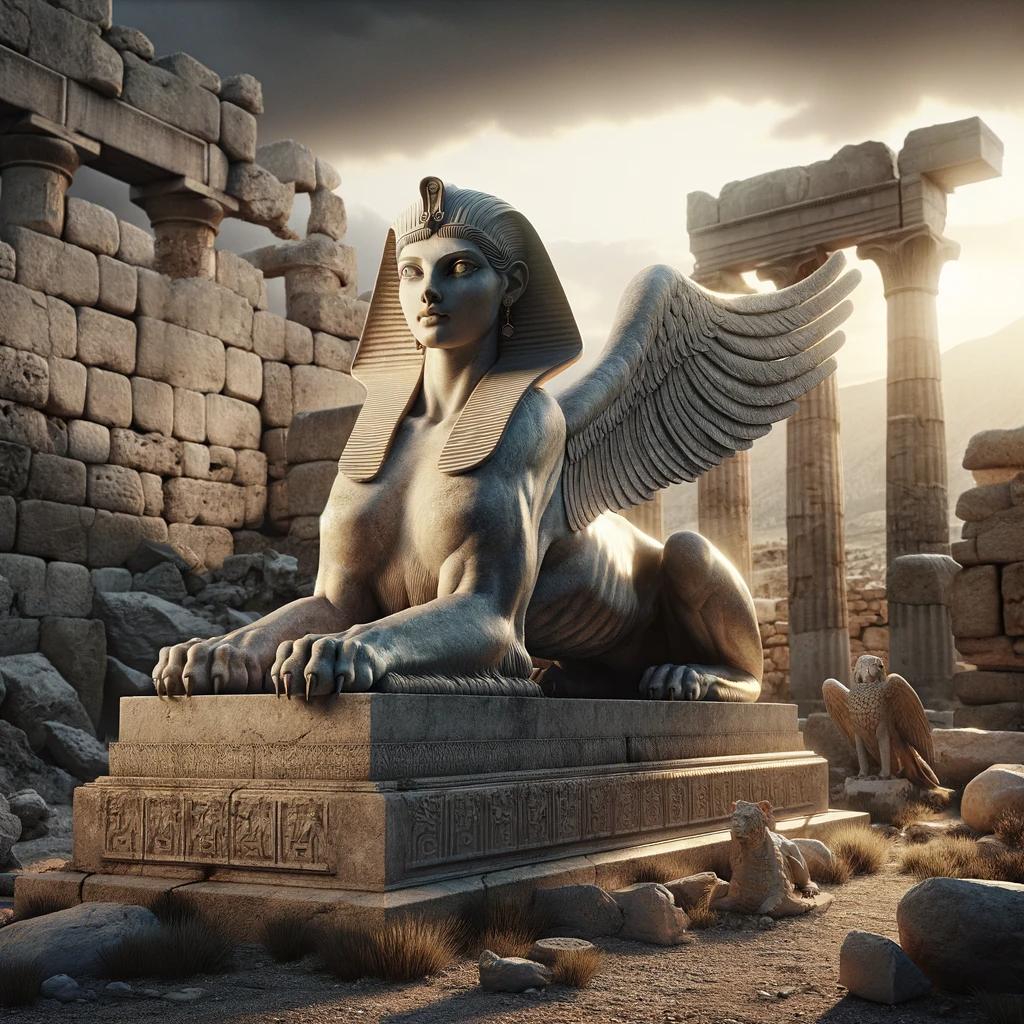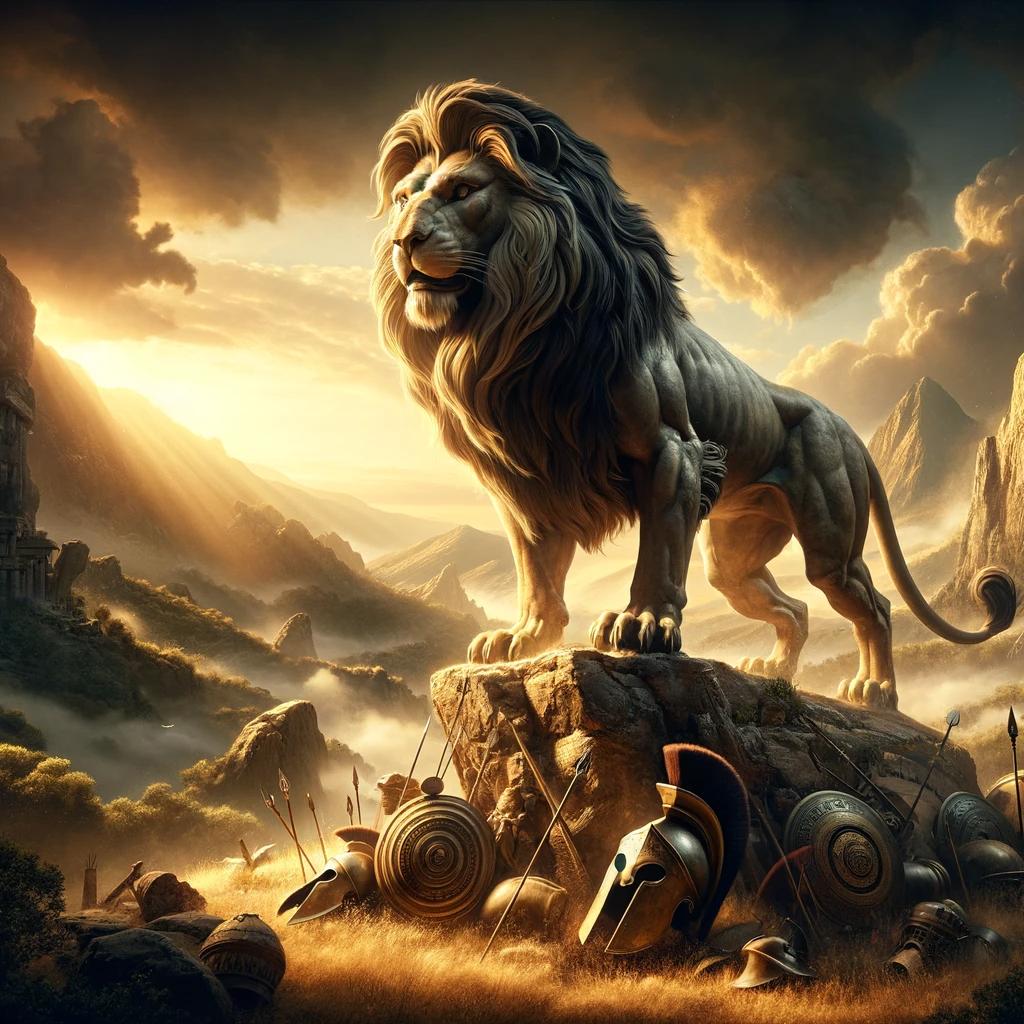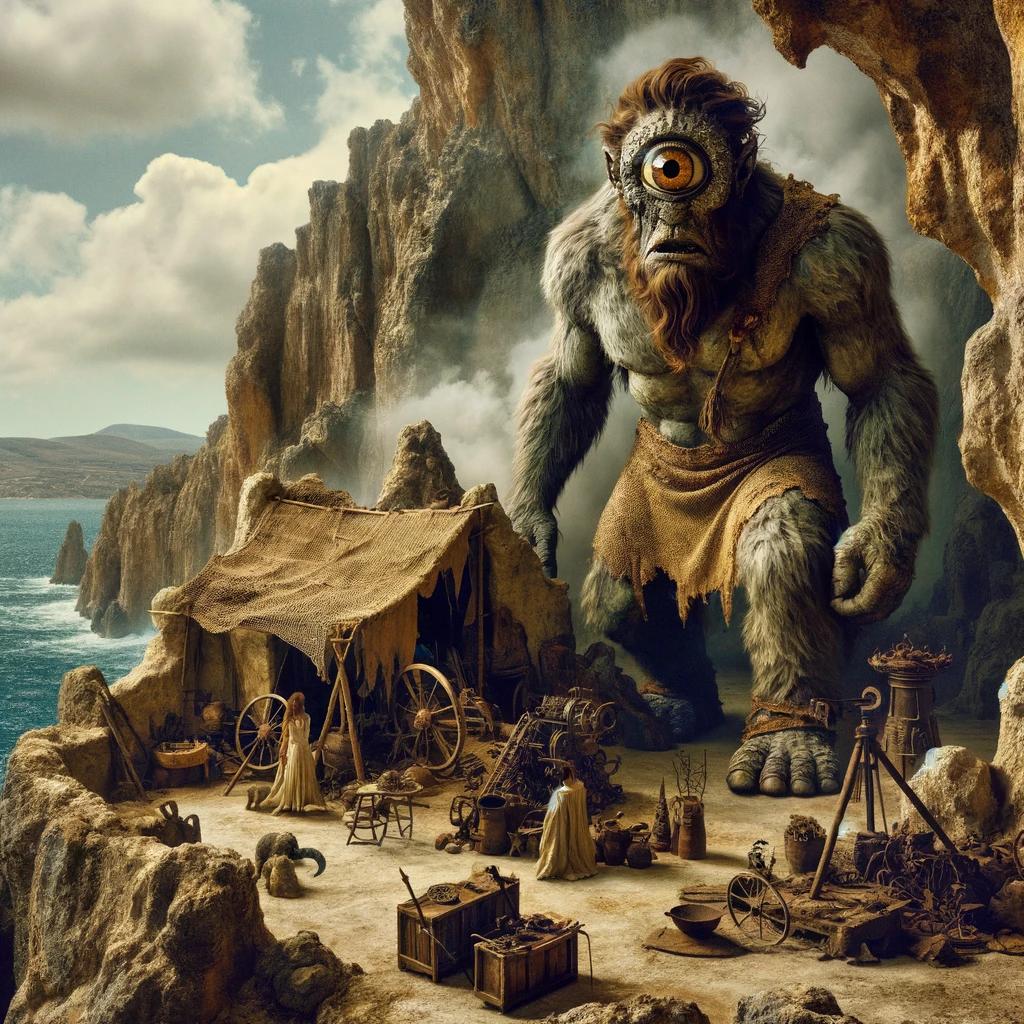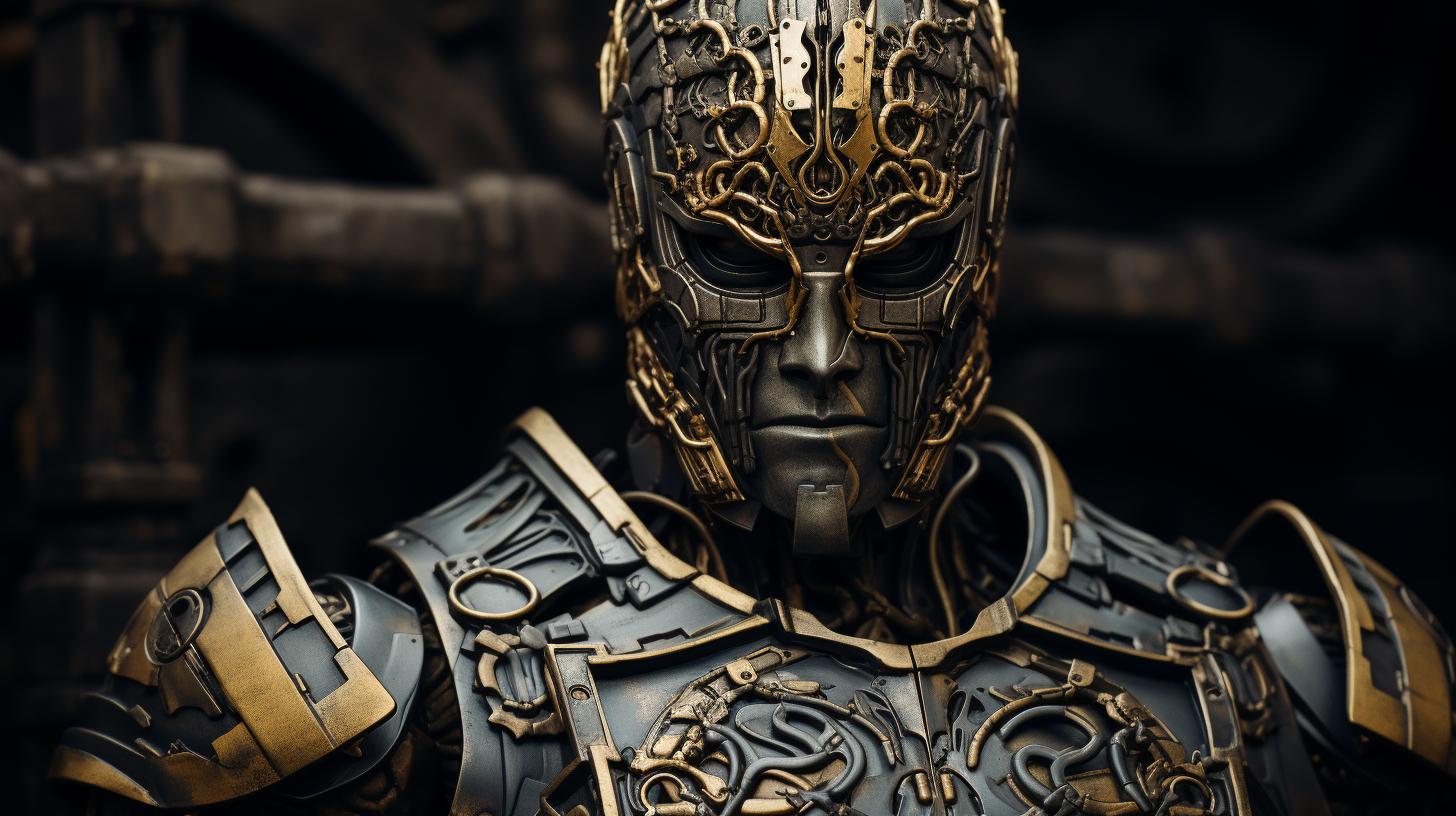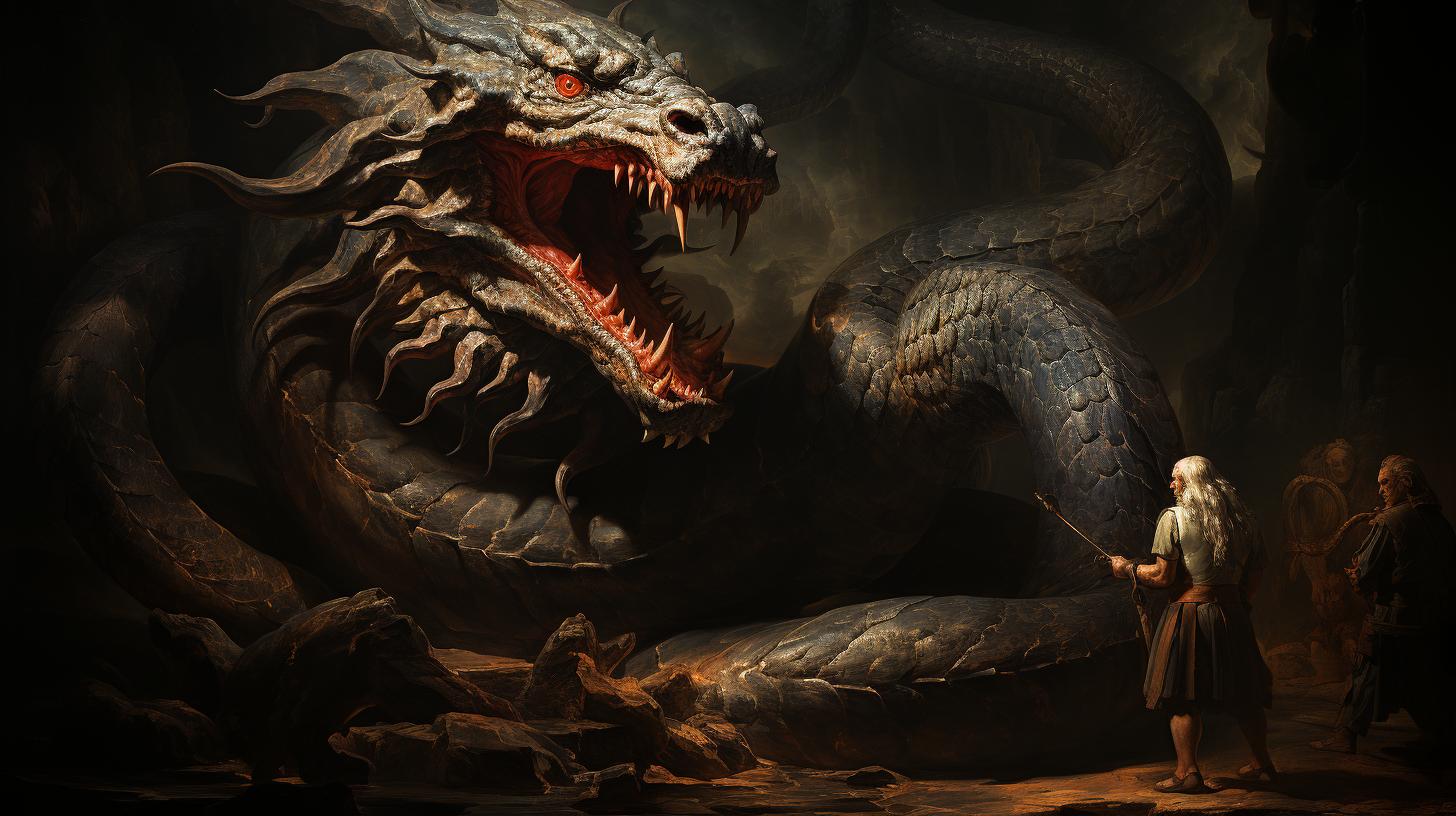The Sphinx: Unraveling the Enigma of the Greek Mythology Creature
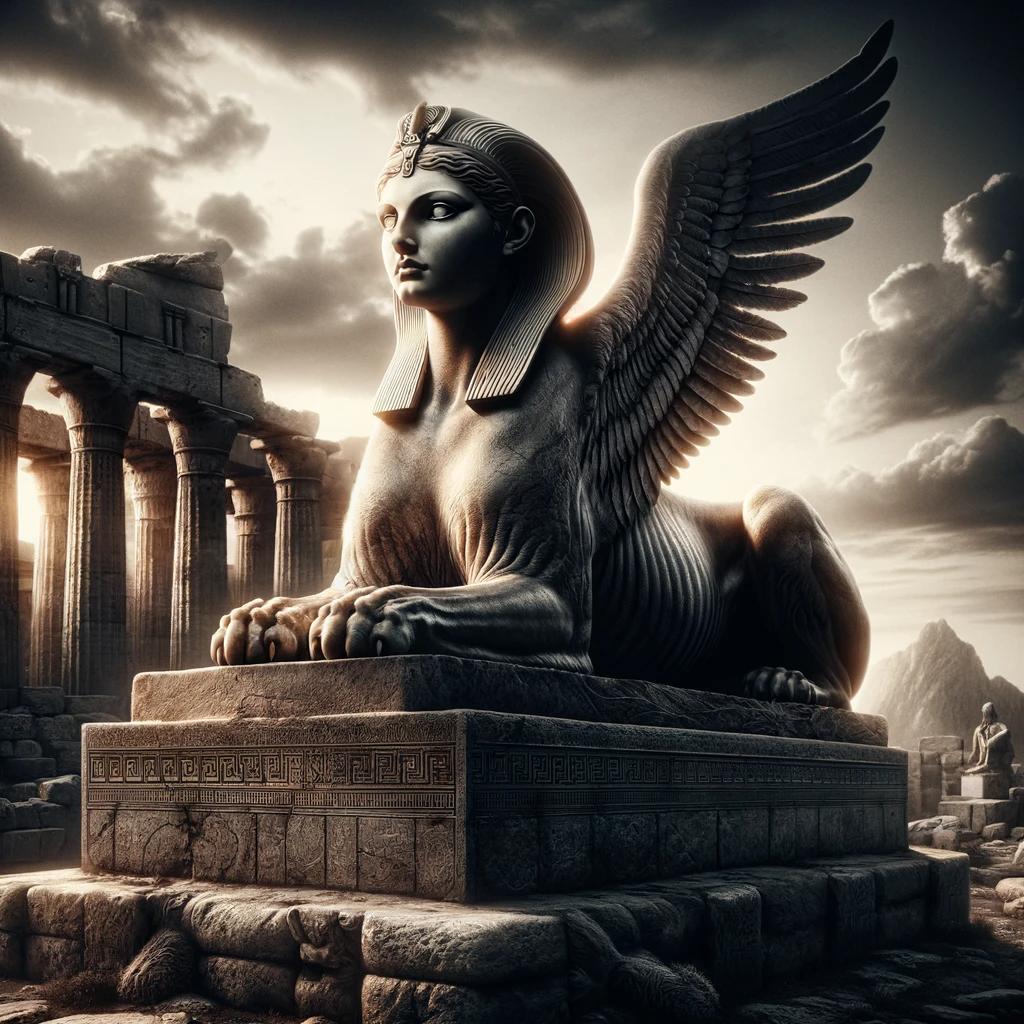
The Sphinx is a legendary creature from Greek mythology that has captivated the imagination for centuries. With its majestic appearance and enigmatic presence, it has become one of the most iconic symbols of ancient Egypt.
This article explores the history, construction, symbolism, and cultural representations of the Sphinx, as well as theories and debates surrounding its origin and purpose. From its ancient origins to its role in literature and art, the Sphinx continues to intrigue and fascinate both historians and visitors alike.
The conservation and preservation efforts surrounding this incredible monument are also discussed, highlighting its significance as a tourist attraction today.
The History and Origins of the Sphinx
The Sphinx is an enigmatic creature from Greek mythology that has fascinated scholars and historians for centuries. Its origins, however, can be traced back to the ancient Egyptian context, where it holds a significant cultural and religious significance.
The Ancient Egyptian Context
In the ancient Egyptian civilization, sphinx-like creatures were known as “shesep ankh,” meaning “living image.” They were revered as guardians and protectors, often depicted as lion-bodied with human or animal heads.
These figures were believed to have divine powers and were commonly associated with the solar deity, Atum-Re.
The Sphinx at Giza
One of the most famous and iconic sphinxes in the world is located at the Giza Plateau in Egypt. It stands near the Great Pyramids of Giza, believed to have been built during the reign of the pharaoh Khafre in the 4th Dynasty of the Old Kingdom.
The Sphinx at Giza is carved out of a single piece of limestone, measuring about 73 meters in length and 20 meters in height.
The Pharaoh Khafre and the Sphinx
There is a prevailing theory that the face of the Sphinx represents the pharaoh Khafre himself. Khafre was known for his grand architectural projects, including the construction of the second-largest pyramid at Giza, which bears his name.
The Sphinx was believed to serve as a guardian for Khafre’s tomb, as well as a symbol of his royal power and connection to the gods.
Exploring the history and origins of the Sphinx provides crucial insights into its cultural significance and its role in the ancient Egyptian civilization.
By delving into the ancient Egyptian context, the prominence of the Sphinx at Giza, and its association with the pharaoh Khafre, we can gain a deeper understanding of this mythical creature’s significance in Greek mythology and its enduring allure.
The Construction and Features of the Sphinx
The Sphinx, an iconic creature from Greek mythology, captivates with its majestic construction and intriguing features. This section delves into the various aspects of its physical characteristics, including the head, body, pose, and face.
The Head of the Sphinx
The head of the Sphinx, believed to be that of the pharaoh Khafre, showcases remarkable craftsmanship. Carved out of a single limestone block, it exhibits intricate detailing, such as the well-preserved facial features and the distinctive headdress resembling the royal nemes.
The Body and Pose of the Sphinx
Towering over the Giza plateau, the Sphinx boasts an impressive body measuring about 73 meters in length and 20 meters in height. Its recumbent pose, a lion’s body with the head of a human, symbolizes strength and wisdom.
The careful sculpting of the muscular body depicts elegance and vitality.
The Face of the Sphinx
The enigmatic face of the Sphinx continues to mesmerize scholars and visitors alike. With its serene expression, it exudes an aura of mystery and intrigue. The diorite eyes, once adorned with gleaming stones, add a mesmerizing touch, further enhancing the Sphinx’s enigmatic allure.
Exploring the construction and features of the Sphinx offers a deeper understanding of this mythical creature’s significance and enduring appeal. From the carefully carved head to the majestic body and the captivating face, the Sphinx embodies both artistic excellence and profound symbolism.
Interpretations and Symbolism of the Sphinx
The Sphinx has captivated the imagination of ancient Egyptians and continues to intrigue scholars and enthusiasts today. This section delves into the various interpretations and symbolism associated with this enigmatic creature.
The Role of the Sphinx in Ancient Egyptian Beliefs
In ancient Egyptian beliefs, the Sphinx held a significant role as the guardian and protector of sacred places, particularly the entrances to temples and tombs. It was believed to possess divine wisdom and served as a symbol of royal power and authority.
The Greek Sphinx and Mythological Connections
The Greek Sphinx, although sharing similarities with its Egyptian counterpart, took on a more menacing and challenging role. In Greek mythology, the Sphinx was known for posing riddles to travelers and devouring those who failed to answer correctly.
This portrayal emphasized themes of intellect, fate, and the need for cleverness to overcome challenges.
The Sphinx and the Gods
The Sphinx’s close association with gods is another aspect worth exploring. In Egyptian mythology, it was often linked to the god Horus, symbolizing protection and divine rule. Furthermore, some theories suggest a connection between the Sphinx and the sun god, Ra, due to its position and alignment with the rising sun at certain times of the year.
These diverse interpretations and symbolic connections highlight the multifaceted nature of the Sphinx, making it not only a physical monument but also a rich source of cultural and mythological significance.
The Sphinx in Literature and Art
The Sphinx, an enigmatic creature from Greek mythology, has captivated the imagination of artists and writers throughout history.
Its mysterious nature and symbolic significance have inspired numerous depictions in ancient Egyptian art, Greek and Roman mythological literature, as well as modern cultural representations. Let’s explore the different facets of the Sphinx’s presence in literature and art.
Depictions of the Sphinx in Ancient Egyptian Art
Ancient Egyptian art showcases various portrayals of the Sphinx, displaying its importance in their culture and belief system. The Sphinx is often depicted as a lion with a human head, representing the fusion of divine wisdom and earthly power.
These artistic representations can be found on statues, reliefs, and temple walls, providing valuable insights into the role of the Sphinx in ancient Egyptian society.
The Sphinx in Greek and Roman Mythological Literature
The Sphinx plays a significant role in Greek and Roman mythological literature, particularly in the story of Oedipus.
According to the myth, the Sphinx guarded the entrance to the city of Thebes and posed a riddle to anyone who wanted to pass. Numerous plays, poems, and epic tales recount the encounters between heroes and the Sphinx, highlighting the creature’s challenging riddles and the consequences of failure.
Modern Cultural Representations of the Sphinx
Even in contemporary times, the Sphinx continues to captivate artists and creators. Its image is often incorporated into various forms of artistic expression, including paintings, sculptures, and digital media. From symbolic representations in surreal artworks to iconic appearances in movies and video games, the Sphinx remains a source of inspiration, representing mystery, wisdom, and the intersection of different cultures.
Theories and Debates Surrounding the Sphinx
Controversies about the Age of the Sphinx
One of the most significant debates surrounding the Sphinx revolves around its age. While mainstream archaeologists attribute its construction to the reign of Pharaoh Khafre during the Old Kingdom (c.
2558–2532 BCE), there are alternative theories suggesting an older origin. Some researchers propose that the Sphinx predates the ancient Egyptian civilization and was built during the earlier pre-dynastic period.
Alternative Interpretations and Symbolic Meanings
The Sphinx’s enigmatic presence has led to various alternative interpretations and symbolic meanings. Some scholars argue that the Sphinx represents a guardian deity, symbolizing protection and power. Others propose that it embodies the divine wisdom and mystery of the universe.
Additionally, some theories suggest connections between the Sphinx and constellations or astronomical alignments, indicating its role as an ancient celestial observatory.
Recent Discoveries and Ongoing Research
In recent years, new discoveries and ongoing research have shed light on different aspects of the Sphinx. Geologists have conducted extensive studies to determine the weathering patterns and erosional features surrounding the monument, which have sparked further discussion about its age and possible geological influences.
Additionally, advanced imaging techniques, such as ground-penetrating radar and laser scanning, have revealed underground chambers and hidden passages that are yet to be explored fully.
Visitors and Tourism at the Sphinx
The Sphinx has captivated the imaginations of visitors for centuries, attracting tourists from all over the world.
Its historical significance, enigmatic nature, and majestic presence make it a must-see attraction for those interested in ancient civilizations and mythology.
Historical Accounts of Visits to the Sphinx
Travel accounts from the past provide valuable insights into the experiences of early visitors to the Sphinx. Explorers, scholars, and adventurers have documented their encounters with this iconic creature, describing its awe-inspiring size and the sense of wonder it evokes.
In the 19th and early 20th centuries, many European travelers embarked on grand tours of Egypt, marveling at the Sphinx as one of the highlights of their journeys. Their accounts have contributed to the popularity and mystique surrounding this ancient monument.
The Sphinx as a Tourist Attraction Today
Presently, the Sphinx stands as a prominent tourist attraction, welcoming visitors from around the globe. It offers a unique and immersive experience, allowing people to witness firsthand the sheer magnificence of this ancient wonder.
Tourists have the opportunity to explore the surrounding area, gaze at the Sphinx from different angles, and take photographs to capture its timeless beauty. Guided tours provide valuable insights into its history and significance, enhancing the overall visit.
Conservation and Preservation Efforts
Preserving the Sphinx for future generations is a priority. Conservation efforts have been undertaken to protect and maintain this iconic symbol of ancient Egypt. Techniques such as cleaning, stabilization, and restoration have been employed to ensure its longevity.
International organizations, in collaboration with Egyptian authorities, actively support the preservation of the Sphinx. Ongoing research and scientific studies aid in understanding its construction, composition, and vulnerability to natural elements.
- Continued monitoring of environmental factors
- Implementation of preventive measures against erosion
- Engagement with local communities for sustainable tourism practices
Thanks to these dedicated efforts, future generations will be able to appreciate the Sphinx and its historical significance, maintaining its status as a symbol of cultural heritage for years to come.
.

